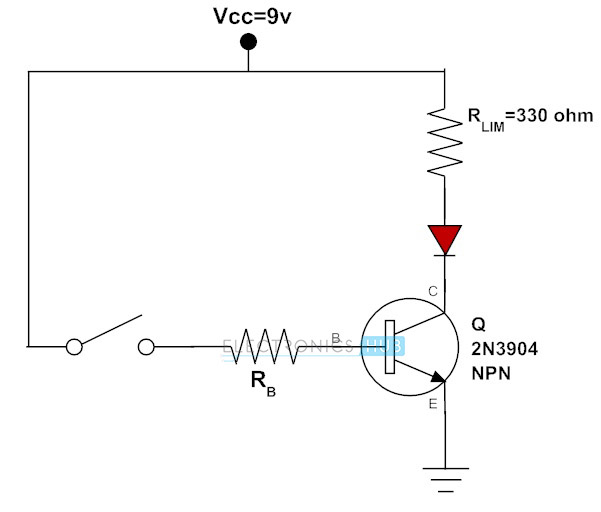Transistor As A Switch
Transistor as a Switch is a very important and useful application of transistors. Transistor works in Saturation and Cutoff regions when it works as switch. Nov 01, 2018 Transistor is a marvelous piece of gaming worthy of all praises. Whether for fans of action games or turn-based combat games, this is definitely a game to invest in and where players will find themselves experimenting in many ways thanks to the game's long lifespan, with an absolutely exquisite soundtrack in the background.
In an ideal switch, the transistor should be in only one of two states: off or on. The transistor is off when there’s no bias voltage or when the bias voltage is less than 0.7 V. The switch is on when the base is saturated so that collector current can flow without restriction.This is a schematic diagram for a circuit that uses an NPN transistor as a switch that turns an LED on or off.Look at this circuit component by component:.LED: This is a standard 5 mm red LED. This type of LED has a voltage drop of 1.8 V and is rated at a maximum current of 20 mA.R1: This 330 Ω resistor limits the current through the LED to prevent the LED from burning out.
You can use Ohm’s law to calculate the amount of current that the resistor will allow to flow. Because the supply voltage is +6 V, and the LED drops 1.8 V, the voltage across R1 will be 4.2 V (6 – 1.8). Dividing the voltage by the resistance gives you the current in amperes, approximately 0.0127 A. Multiply by 1,000 to get the current in mA: 12.7 mA, well below the 20 mA limit.Q1: This is a common NPN transistor. A 2N2222A transistor was used here, but just about any NPN transistor will work.
R1 and the LED are connected to the collector, and the emitter is connected to ground. When the transistor is turned on, current flows through the collector and emitter, thus lighting the LED. When the transistor is turned off, the transistor acts as an insulator, and the LED doesn’t light.R2: This 1 kΩ resistor limits the current flowing into the base of the transistor. You can use Ohm’s law to calculate the current at the base. Because the base-emitter junction drops about 0.7 V (the same as a diode), the voltage across R2 is 5.3 V.
Dividing 5.3 by 1,000 gives the current at 0.0053 A, or 5.3 mA. Thus, the 12.7 mA collector current (I CE) is controlled by a 5.3 mA base current (I BE).SW1: This switch controls whether current is allowed to flow to the base. Closing this switch turns on the transistor, which causes current to flow through the LED. Thus, closing this switch turns on the LED even though the switch isn’t placed directly within the LED circuit.You might be wondering why you’d need or want to bother with a transistor in this circuit. After all, couldn’t you just put the switch in the LED circuit and do away with the transistor and the second resistor? Of course you could, but that would defeat the principle that this circuit illustrates: that a transistor allows you to use a small current to control a much larger one.
An addition to the controls is the ability to dash by pushing the joystick left or right twice.Players can pick up health-restoring food items hidden inside barrels and other destructible objects to restore their vitality, as well as other bonus items to increase their score. The robots each have their own vitality gauge and if they sustain enough damage, they will be destroyed. Weapons also can be picked up, such as three different types of firearms, as well as Shuriken that can only be used by Ginzu.Players also can ride certain robots by dismounting their riders and jumping over the robot. 
